It would be asinine to claim that Europeans and Americans haven’t suppressed our fellow man, often based merely on skin color. Haiti is no exception.
A Quick Historical Summary
There are almost no surviving natives of Haiti. I say “almost” because there may be some somewhere. When I asked, there were vague comments about some up in the mountains, but even these seemed to include intermarriage with the Africans who had been brought to the island. In the article linked below, the scholar claims that their lineage has been eradicated and very little remains of their existance.
The original people were Native Americans and fiercely proud, mostly Taino (of the Arawaks). A historian in Port au Prince that I got to spend several hours with told of how they refused to submit to the Europeans that first came to the island, suffering torture and death before slavery. Some of the writings of their European oppressors reflected on their tenacity and perseverance even in the face of extreme methods.
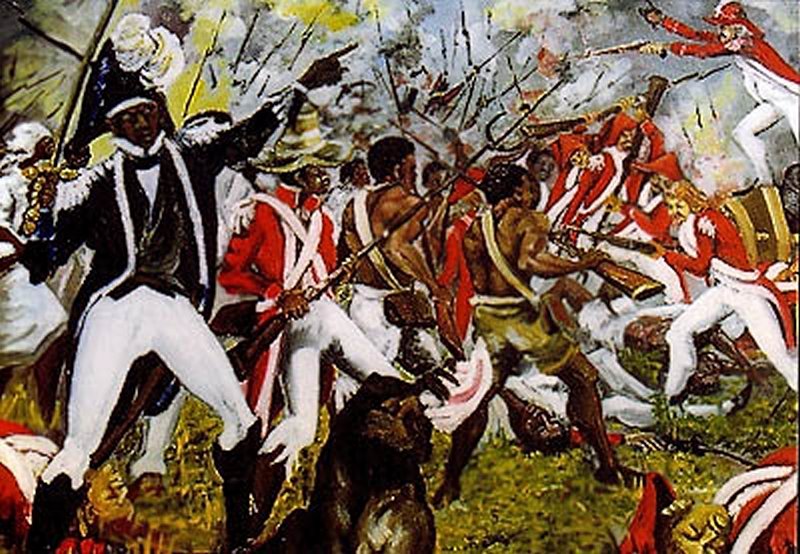
Because the natives were so difficult to subdue, slaves were brought to Haiti from Africa. The French Catholic oppressors wouldn’t allow the slaves to practice their pagan religions, so they learned to disguise their religion in terminology that the French wouldn’t find threatening. Over time the various pagan religions from Africa, along with the indigenous religions, sort of blended together into a new pagan religion. It was the practice of their religion intermingled with Catholicism that evolved into voodoo.
Eventually the slaves rose up against their oppressors and defeated them. Napoleon later sent his brother to retake Haiti. At first he was successful, but was then killed in the Haitians’ counterattack. There is far more to the story, but this isn’t the place for it. A final fact that is relevant though, is that Haiti was the first nation to win its independence without an emancipator. They beat their oppressors with their perseverance, some amazing naval tactics and sacrifice that no people should ever suffer. This pride and resilience survives today.
Why bring all this up? Because one of the things that really discourages me is when I see how Europeans/Americans have taken advantage of the plight of indigenous people. When you’re desperate, you will do anything to overcome your desperation, even to the benefit of your oppressors. While overt slavery is largely a thing of the past, in some cases, land is bought for pennies on the dollar or labor is unfairly compensated.
The Plunder Continues?
This is no different on La Gonâve. As I shared earlier in this series, the island has been largely stripped of its forests. With no other real natural resources, it’s been left to fend for itself, pretty much forsaken and neglected by the government.
A few years ago an investor struck a deal with the government of Haiti to buy/acquire land on La Gonâve for a Global Renewable Energy project. Though I don’t know the full details, it appears that this agreement was struck without consulting the actual landowners.
Consider this quote from some of the FAQs found on their website:
IS HAITI SELLING LA GONAVE?
Haiti will be selling developers the right to use the land on La Gonave; however, the Haiti [sic] will remain the ultimate land owner [sic].
Later in the same document:
ARE THE PEOPLE OF LA GONAVE SUPPORTING THE PROJECT?
The La Gonave Master Plan has been distributed to the people of La Gonave and thousands of people on La Gonave have signed a petition in support of the project. Additionally, many of the leaders of La Gonave attended the “Our Island Our Lives Concert” that started the New Haiti Movement which begins with the development of La Gonave.
WHAT WILL HAPPEN TO THE RESIDENTS OF LA GONAVE AFTER THE PROJECT IS DEVELOPED?
The residents of La Gonave will have jobs, water, food, quality housing, healthcare and access to an education. The residents will be given the opportunity to live in the same villages where they currently reside except their quality of life will be greatly improved.
Unless I misunderstand, this is indicative of how the people of the smaller island have been treated over the years. But, in this case, it still hasn’t come to fruition. I am grateful that it hasn’t. This video will share more about their project. If you can make the time, the comments section is very informative, IMO (link to video on YouTube here).
From what I can glean regarding this project, I find it infuriating. Nothing is being said about protecting the landowners’ rights to their own property. Nothing is said about including them as key players. Rather, it appears that they would be rendered as hirelings as investors move in and construct their industrial and tourist machine to dominate the island and its culture.
We Can do Better
These people have an awesome resource. They just need to develop it and turn it into the productive landscape it can be. And it doesn’t need to be a resort or industrial center to do so.
Some would say that my vision doesn’t take the current condition of the Haitians to heart. After all, this resort and industrial project would provide thousands of jobs (millions according to them, but I’m skeptical).
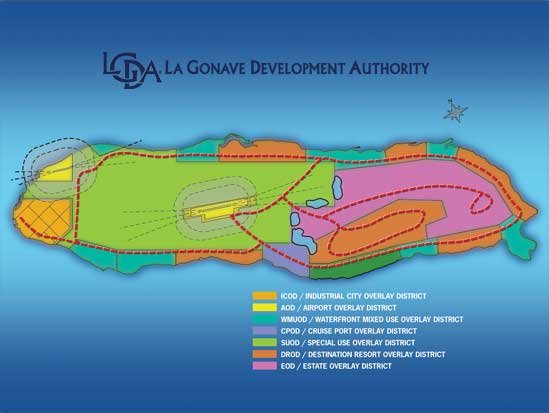
Source
I get it. I really do. And I am concerned, because I recognize that many lives would improve. But I also see a project like this, at least the way it’s stated, as plundering the people of La Gonâve yet again.
Would it not be better to help the people to make their own land productive in the near-term, with possible expansion into these other areas in the future, on their own terms? How about developing a productive and regenerative agrarian economy then discuss possibilities for the islanders to develop their own resort, without large corporate interests coming in and making sweeping changes to the landscape?
Agrotourism is a thing now anyway, as are working vacations and other opportunities. The locals might come up with other ideas that suit them better. Does this look like someplace you’d like to visit?
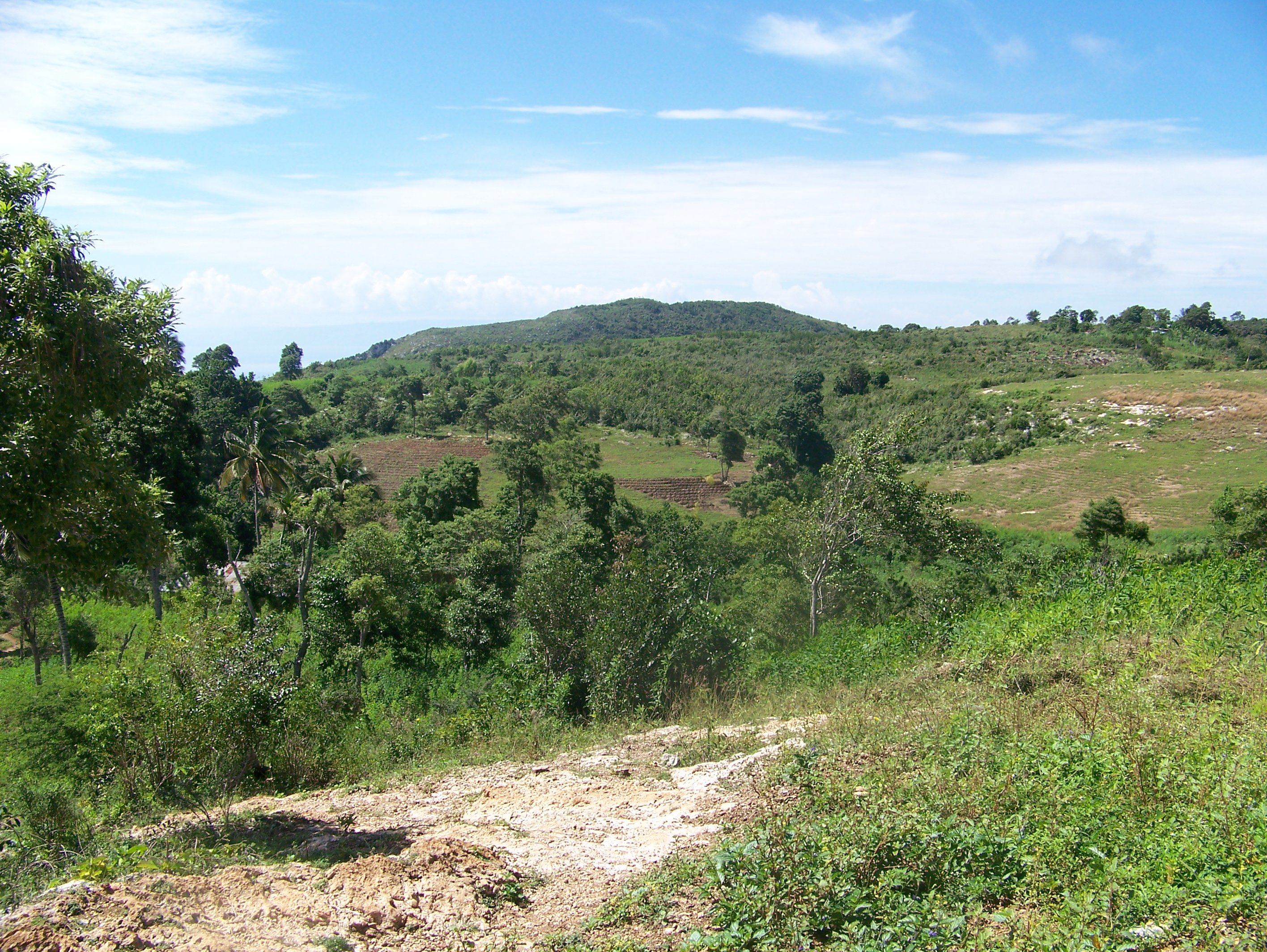
Does Regeneration Stop Here?
Without doing anything else, the successful implementation of the regenerative practices discussed to this point would significantly improve life on La Gonâve. But, should we stop there? It’s a legitimate question. And, perhaps we should.
But it is entirely probable that this would result in such abundance that exporting from La Gonâve could be quite lucrative. In order to do so, in my opinion, some sort of business structure should be put in place early, to protect the landowners from being taken advantage of again.
As I contemplated this idea, my goal was to do all I could to secure the landowners’ ability to hold, work and profit from their own land. My vision was for them to own what they were doing, with nobody over them, while at the same time offering ample opportunities for them to become more productive and possibly quite profitable.
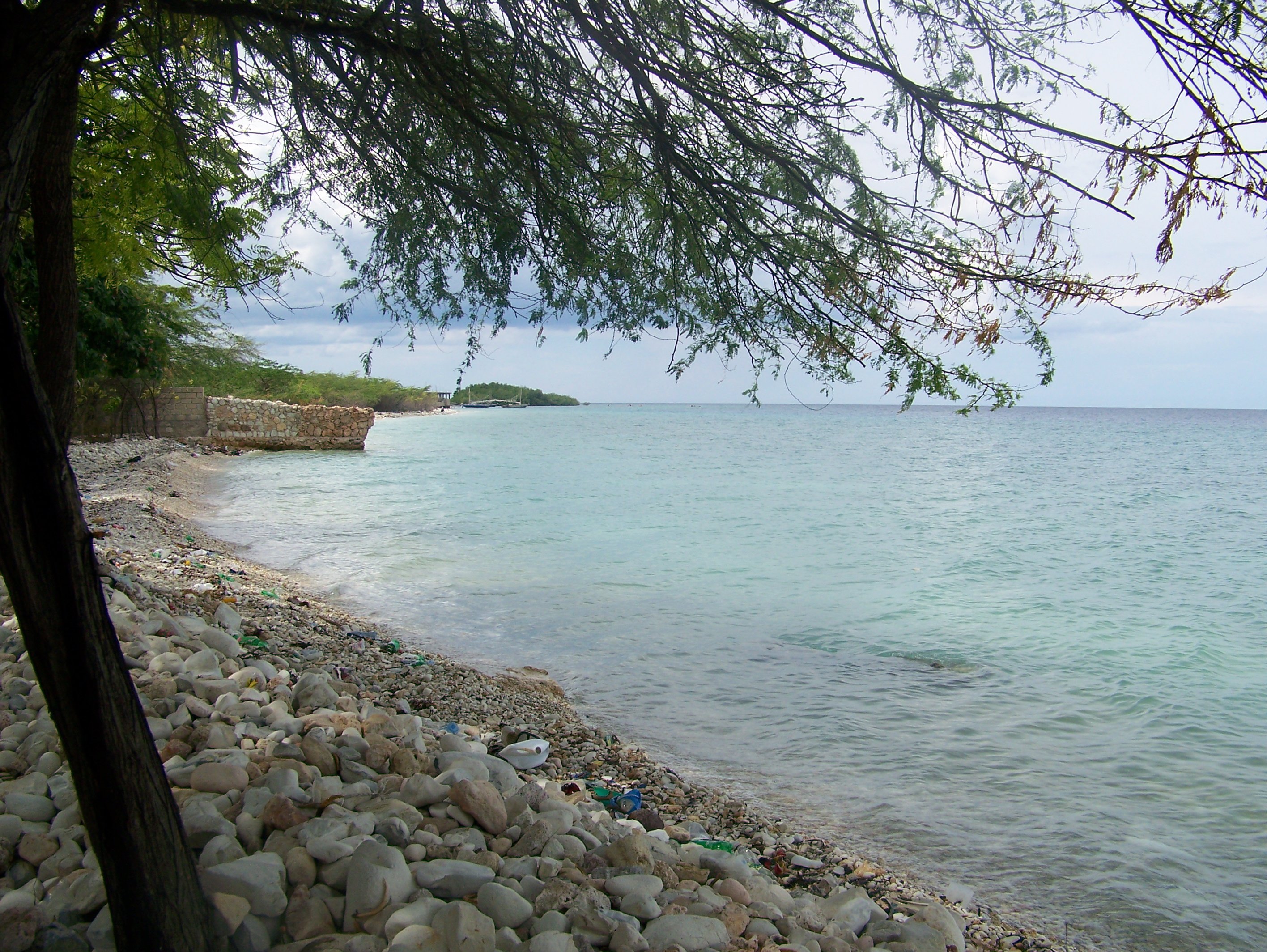
Why Not a Non-Profit?
There are several reasons for this. One is because, in efforts such as this, it is often disingenuous to establish a non-profit. Let’s face it. My goal is to help make the landowners profitable and increase the job base on La Gonâve, without apology. In order to do so, it is my belief that a business should be established with that goal.
Another reason is because there is an established non-profit on the island that can become an extension of this effort. By including Jean Rony’s charity, this business can pursue profitability with a portion of the profits always going to try to help those who need it most.
An Equitable and Regenerative Business Model
While I don’t have the specifics down, here’s the general outline I’ve come up with. Perhaps readers can help dial this in so that it would be a better proposal.
I envision two companies, one directly related to the work on Haiti (Happy Dog Inc. or HDI – I just made that up), the other more of a management company (Caribbean Management, or CM).
Why CM?
CM would consist of business partners in export and trade, foreign and domestic – those interested in and willing to work to make sure the external things happen. It would have no ownership of any assets on La Gonâve. Its job would be oversight and management of HDI (and perhaps future efforts in other areas).
This company would own 51% of HDI, and only receive income according to profit distribution. If HDI doesn’t profit, then CM receives no income. This is not a problem, because HDI can operate fine and is sustainable without profit. And the goal would be to avoid putting financial strain on the regenerative effort on La Gonâve.
CM will have no business operations involving HDI, other than helping to provide oversight. The only compensation CM can receive is profit sharing, helping to provide motive for pursuing the profit of HDI, and thus the landowners.
Happy Dog Inc
Ownership distribution would be as follows:
- Landowners = 30%
- ASHOG = 10%
- CM = 51%
- 9% reserved for negotiations for strategic relationships
The landowners would own shares in proportion to the land they’re committing to the project. If they decide they don’t want to cooperate with the project any further, they give up their share and it’s absorbed evenly among the existing landowner-shareholders.
HDI shares convey with land. Nobody can hold a portion of this 30% without owning land. If land that is in contract with HDI is sold, the new owner can choose to keep the shares and continue to work under the same agreement, or pay 10% of the total cost of the land to be released. This is because significant work and resources will go into improving their land, increasing the value and productivity, for which the group should be compensated if the new owner doesn’t desire to collaborate. It also compensates HDI in the event that someone comes in and sweet talks the landowners into selling large swaths of land, with no intention of continuing the relationship with HDI. And it can help compensate the adjacent landowners who may suffer decreased production without the cooperation of their neighbor.
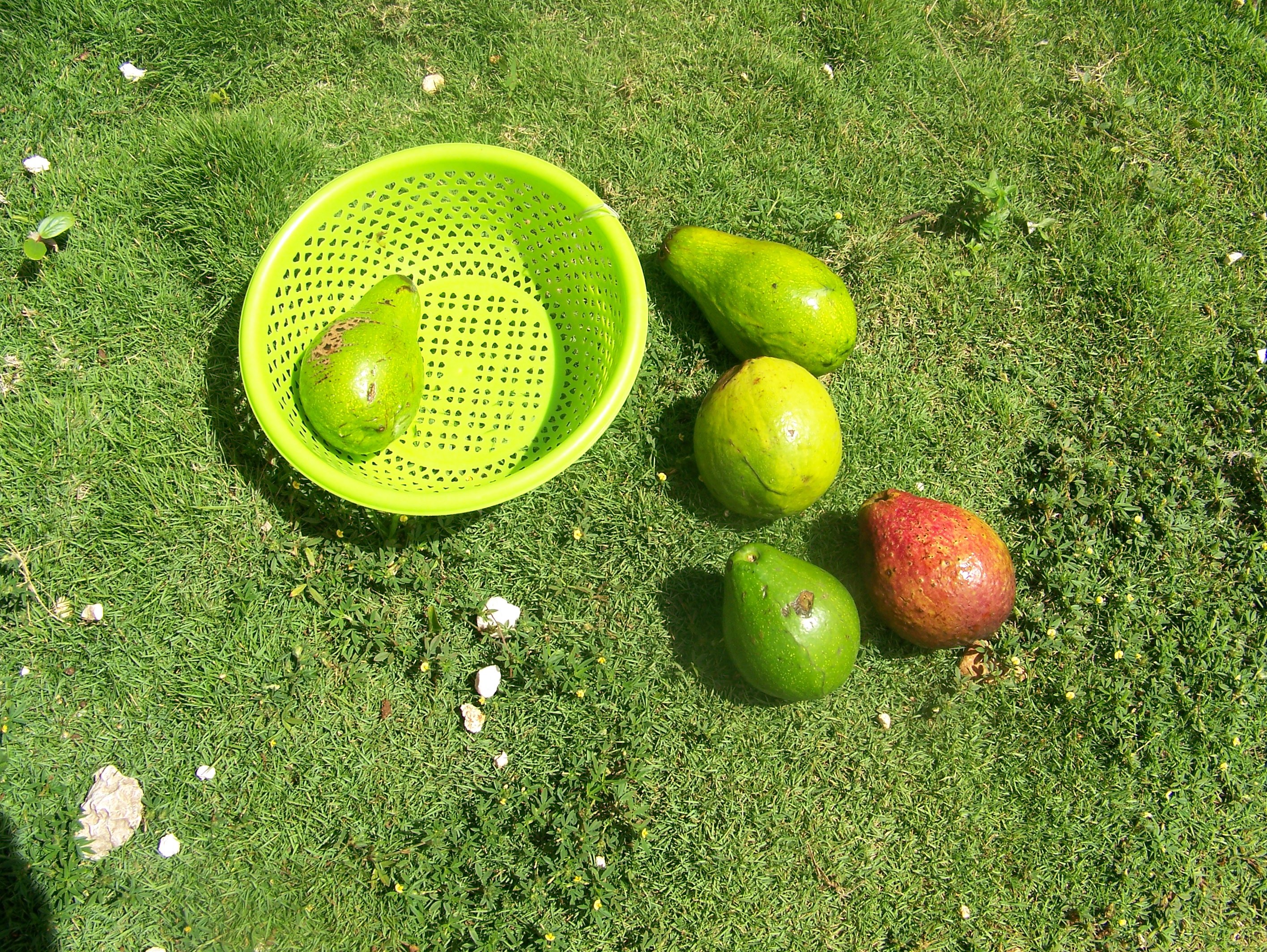
For profit sharing purposes, the landowners would not receive compensation based on their land alone. Instead, it would be divided, with 15% of the profits divided among the landowners according to their portion of the 30% and 15% going to them according to their production. This will help avoid landowners deciding to rest and still receive a full share of the profits that their land represents. It also helps to assure that they’ll sell through HDI rather than pursuing other buyers.
For clarity, HDI profit sharing would be broken down as follows:
- Landowners – 30% total
- 15% according to their portion of the land committed to HDI
- 15% according to the total production they sold to/through HDI
- CM – 51%
- ASHOG – 10%
- Strategic Partners – 9%, divided according to ownership. All unassigned profits will be either divided according to the existing distributed shares or remain in HDI coffers, depending on the decision of the board
HDI would have absolutely no authority over the land, at all. This cannot be stressed enough. The relationship is based on pursuing production together. Ultimately, it’s the landowner that makes all the decisions on their land.
HDI (CM management) will work toward finding export/import opportunities to sell the crops grown by the landowners. The goal will be to get the landowners the best price possible. This might also involve contracting for future production. Costco is known for agreeing to buy all of a specific product from a farmer at a given price, for example. They usually pursue an exclusive relationship in such cases.
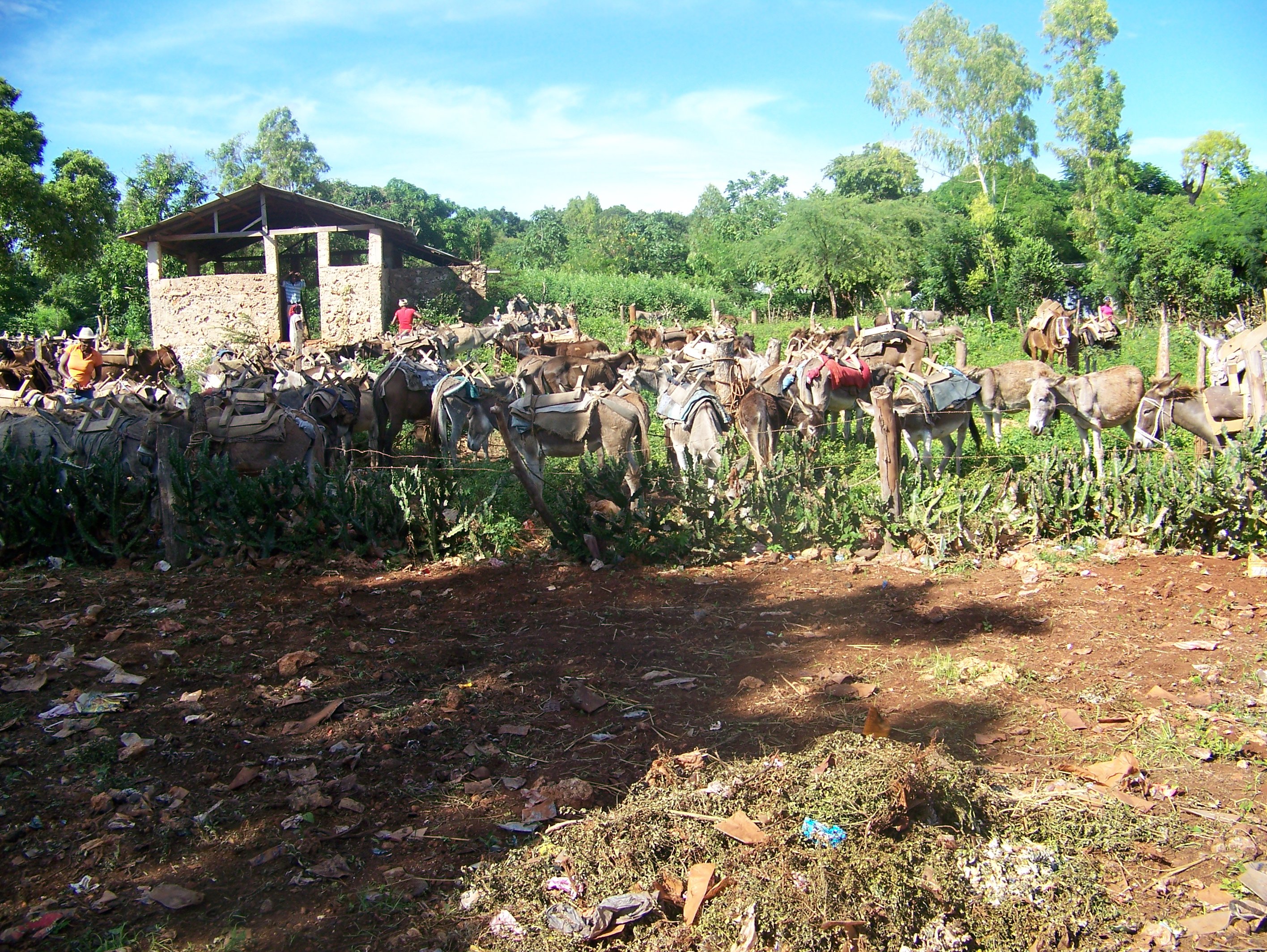
Parking lot at the market
Two Main Income Possibilities for Landowners
While there are many possibilities, especially for those that want to branch out into cottage industries, the initial goal will be to provide the landowners with two main sources of income.
- The sale of their produce (and other goods). This will include sales through HDI and to locals.
- Their share of profits from HDI. It’s hoped that this will help incentivize them to use HDI as well.
The main advantage of this structure is that it promotes the profitability of the landowners first, through their initial sales. The management aspect of the operation only receives profits if the landowners have already received payments for their produce/goods.
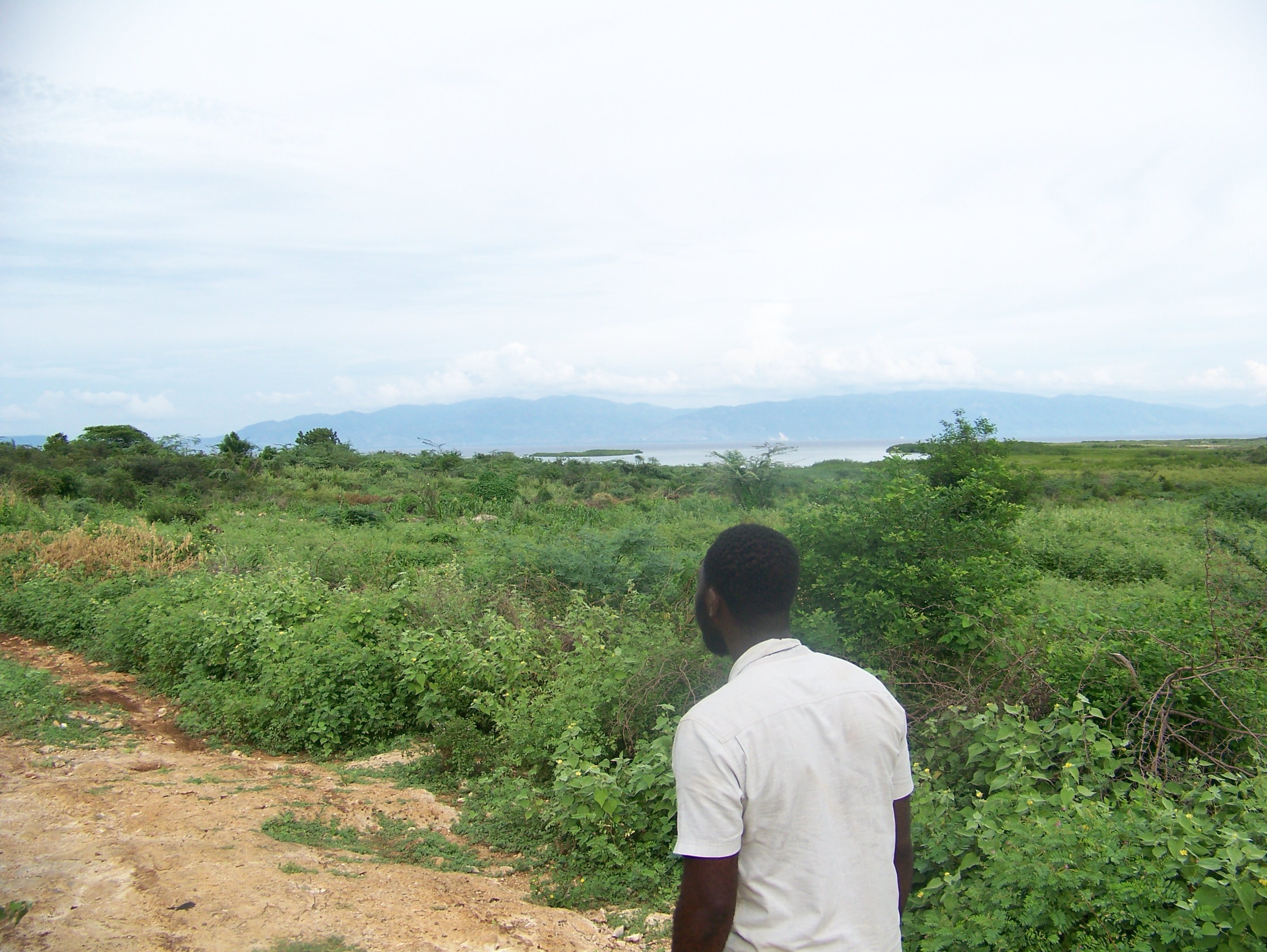
Final Thoughts
As is hopefully evident, my pursuit here is to make sure the landowners and islanders are protected as well as to empower them. I am also confident that by helping them to build a robust agrarian project, that they will have a stronger buffer against the industrial and tourist infiltration that could rip their land from them. By being self-empowered, the pressure to give in to promises, real or empty, is greatly reduced.
For those that have followed along, thank you. The upvotes and payouts have been far more than I had anticipated. I hope you have gained some understanding of regenerative efforts. But, more importantly, I hope you have gained an appreciation for the challenges faced by Haitians on La Gonâve as well as some degree of admiration for them and their beautiful island.
La Gonâve can be restored. It can be taken from degenerative to beyond sustainable, but onto a regenerative path. And this path can set not just the land to regenerating, but the people as well.
At the bottom of yesterday’s article, I included an amazing video of what I hope to emulate called, Life in Syntropy. Tomorrow I will post the concluding article to this series. I hope to “see” you there. Before going, if you haven’t checked out John Lui’s documentary on what was done on the transformation of the Loess Plateau, you might appreciate this. This land was in worse shape than La Gonâve and receives less rain, but 35,000 square kilometers of degraded land was turned into a productive agricultural center. We can do this!
Steemin' on,
Another Joe

Email notifications
Facebook
Twitter
If you would like to read through this entire series on regenerating the island of La Gonâve, they’re linked here in order. More will be coming: updates, other material from my time in Haiti and other opportunities, but this series ends with tomorrow’s proposal. Thank you for following along!




